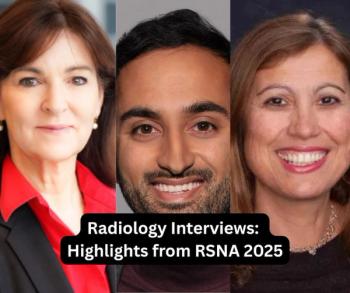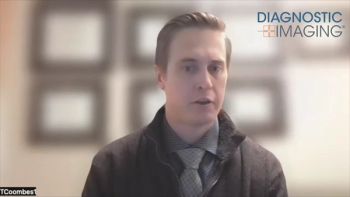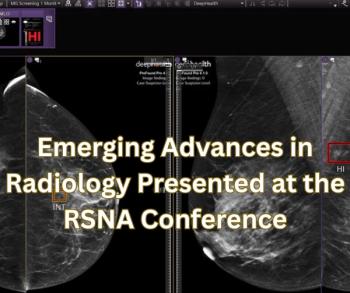
3D fluorescence molecular tomography tracks genetically induced bone growth
CONTEXT: Fluorescence molecular tomography (FMT) is a powerful near-infrared modality that produces 3D quantitative images of fluorochrome distribution in live small animals. Bone morphogenetic protein-2 (BMP-2) has been used clinically to induce bone and cartilage formation.
CONTEXT: Fluorescence molecular tomography (FMT) is a powerful near-infrared modality that produces 3D quantitative images of fluorochrome distribution in live small animals. Bone morphogenetic protein-2 (BMP-2) has been used clinically to induce bone and cartilage formation. Genetically engineered cells expressing BMP-2 (C9 cells) have been shown to induce bone growth in animal models. To acquire quantitative imaging in vivo of this bone formation process, researchers at VisEn Medical in Woburn, MA, set out to demonstrate the feasibility of 3D FMT.
RESULTS: Working in collaboration with Dr. Yoram Zilberman at Hebrew University in Jerusalem, the VisEn team studied two mouse models: one to image ectopic bone growth in the thigh, and one to evaluate bone repair in a radius nonunion fracture in response to locally implanted C9 cells at the two sites. Researchers administered OsteoSense, a fluorescent diphosphonate imaging agent, before FMT scans on days seven, 14, and 21. OsteoSense binds to hydroxyapatite, a mineral produced during bone formation. Signal increased on day 14 and stabilized thereafter in the thigh, while it continued to increase on day 21 at the site of the fracture. Postmortem microCT analysis on day 21 and histology confirmed the formation of bone in the thigh muscle and in the fracture, correlating to results acquired through FMT.
IMAGE: Central coronal slice from in vivo FMT reconstruction (left) indicates high hydroxyapatite deposition and labeling in the radial fracture site at day 14. Postmortem microCT (middle) shows new bone formation at the nonunion radial fracture site at day 21. Correlative histology (right) confirms the formation of new bone (B) between the dissected edges of the radius (X, only one edge shown at this magnification).
IMPLICATIONS: Results demonstrate for the first time that 3D optical molecular imaging can visualize and quantify the formation of new bone in vivo. Dr. Wael Yared, lead researcher from VisEn, foresees extending FMT to the study of cancer and to additional research on bone regeneration and tissue engineering.
Newsletter
Stay at the forefront of radiology with the Diagnostic Imaging newsletter, delivering the latest news, clinical insights, and imaging advancements for today’s radiologists.




























